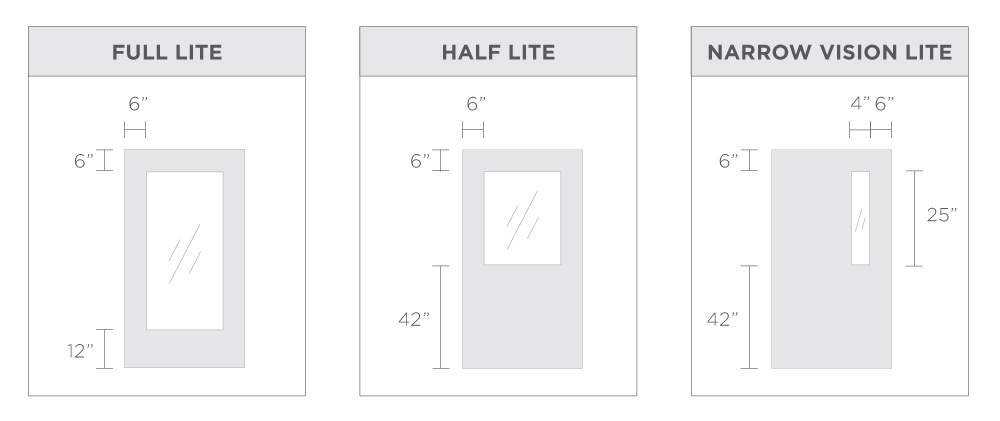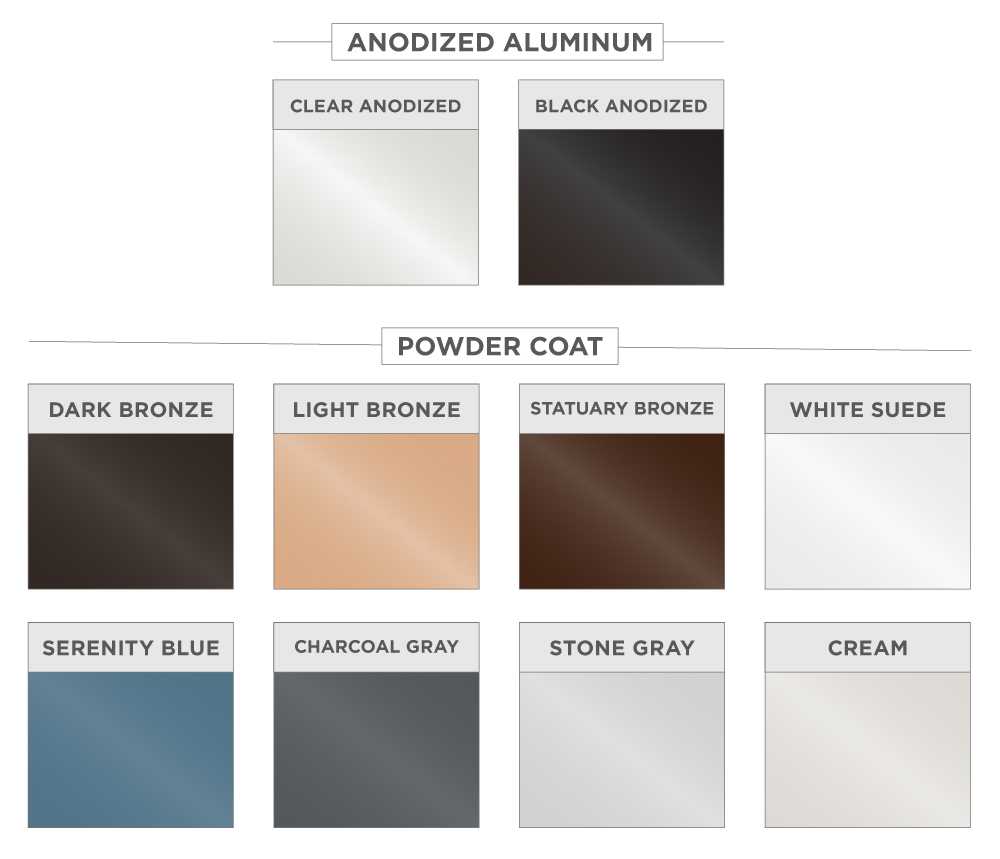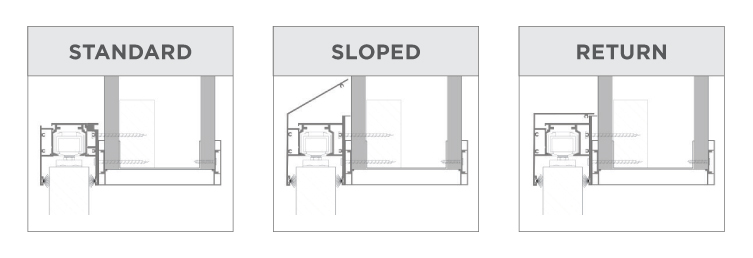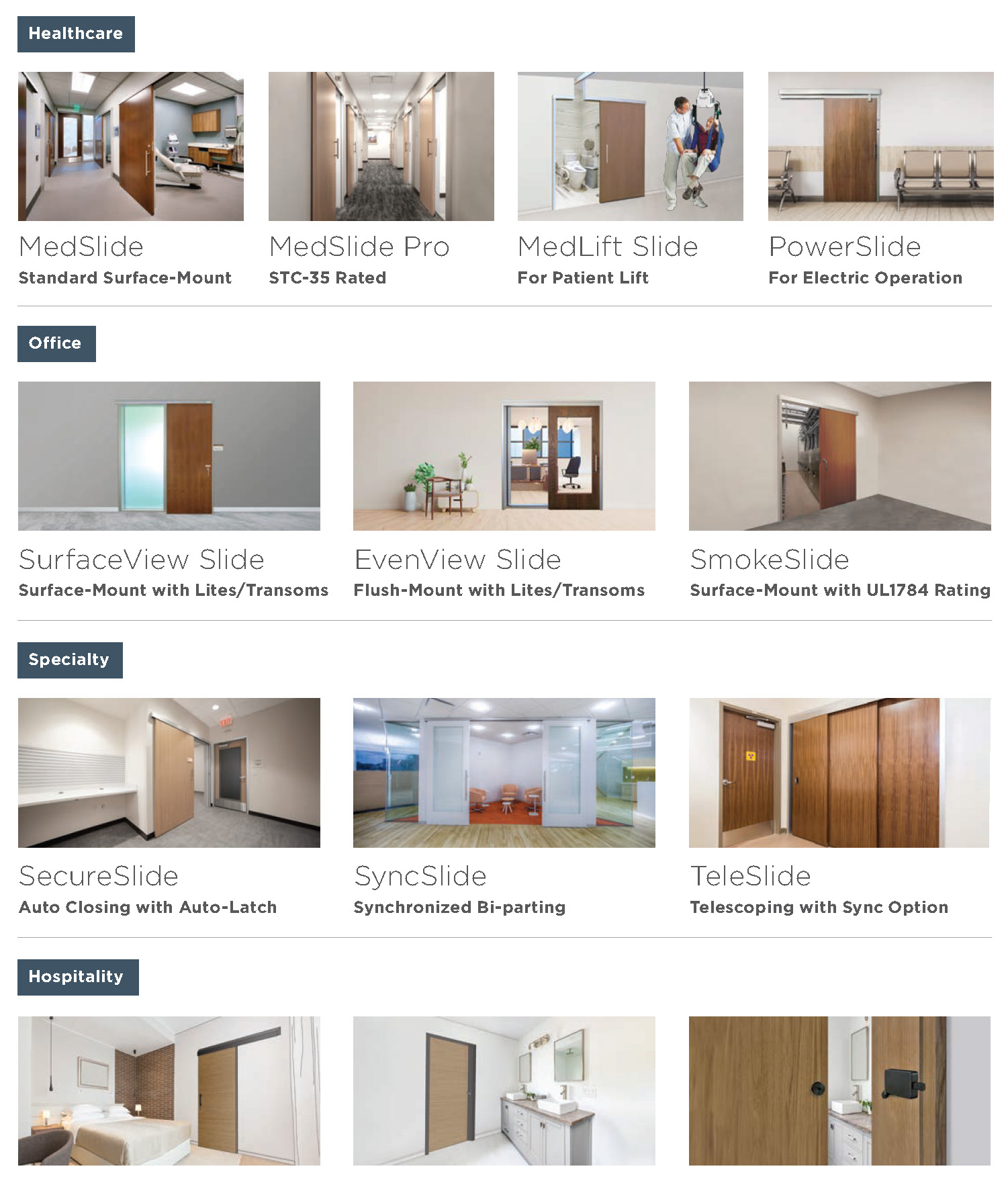The Ultimate Guide to Choosing the Best Medical Sliding Doors for Your Facility
In recent years, the healthcare industry has witnessed significant advancements in facility design and patient flow management, with a pivotal aspect being the implementation of Medical sliding doors. According to a report by MarketsandMarkets, the global automated door market, including medical sliding doors, is projected to reach USD 3.9 billion by 2025, expanding at a CAGR of 7.2%. This growth is largely driven by the increasing demand for efficient traffic management in healthcare settings, where minimizing the risk of infection and enhancing accessibility are paramount. As facilities strive to create healing environments, choosing the right Medical sliding doors becomes vital. This guide will explore the essential factors to consider when selecting these doors, ensuring that your facility is equipped with solutions that meet both practical needs and regulatory standards.
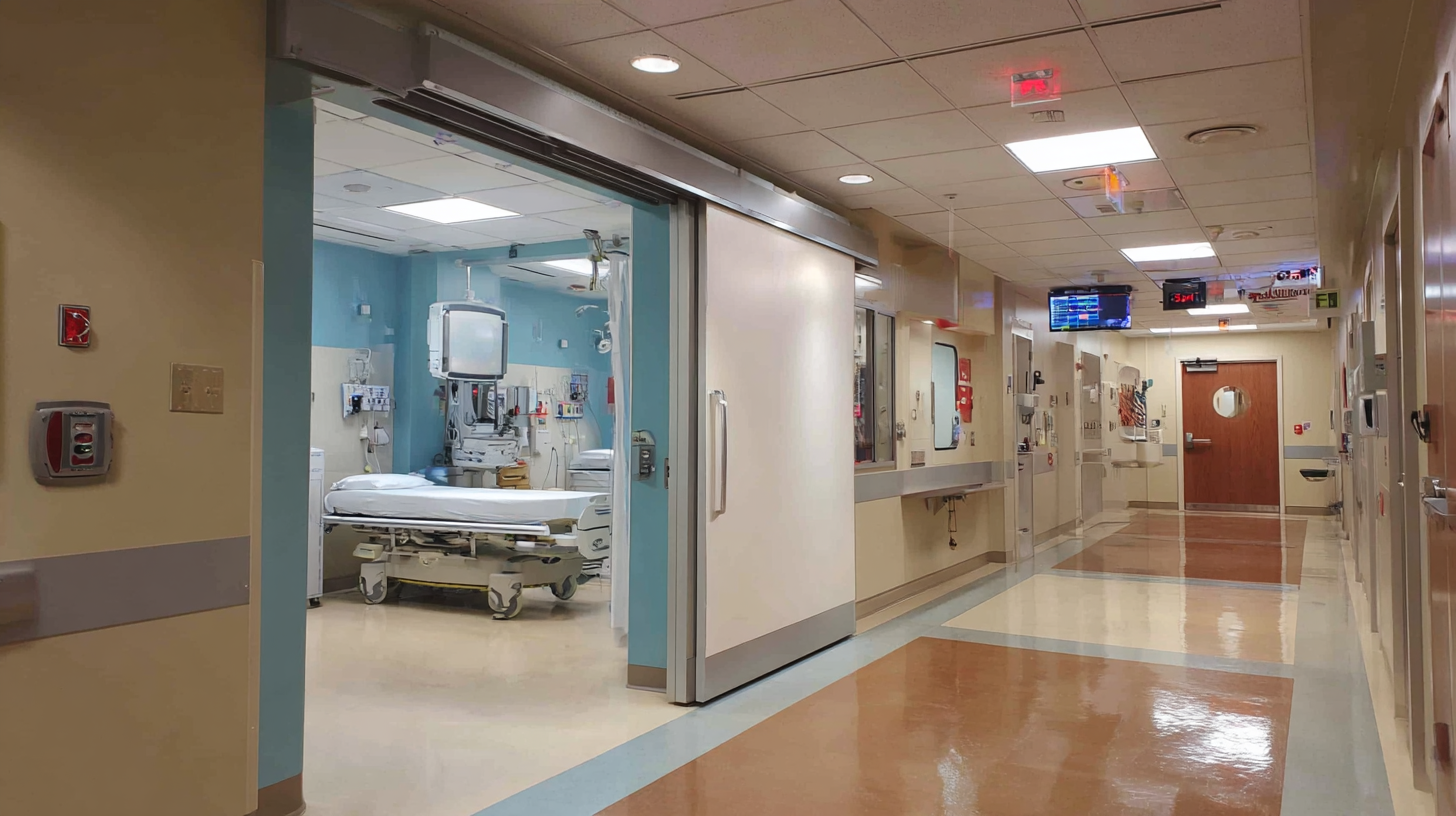
Understanding the Importance of Medical Sliding Doors in Healthcare Facilities
Medical sliding doors play a crucial role in enhancing the functionality and efficiency of healthcare facilities. As these doors facilitate the seamless movement of patients, staff, and medical equipment, they contribute significantly to the overall operational flow within hospitals and clinics. Unlike traditional swinging doors, sliding doors optimize space, reduce the risk of congestion in busy corridors, and allow for easy access during emergencies. Their design is also suited for high-traffic areas, ensuring that patient care is never interrupted.
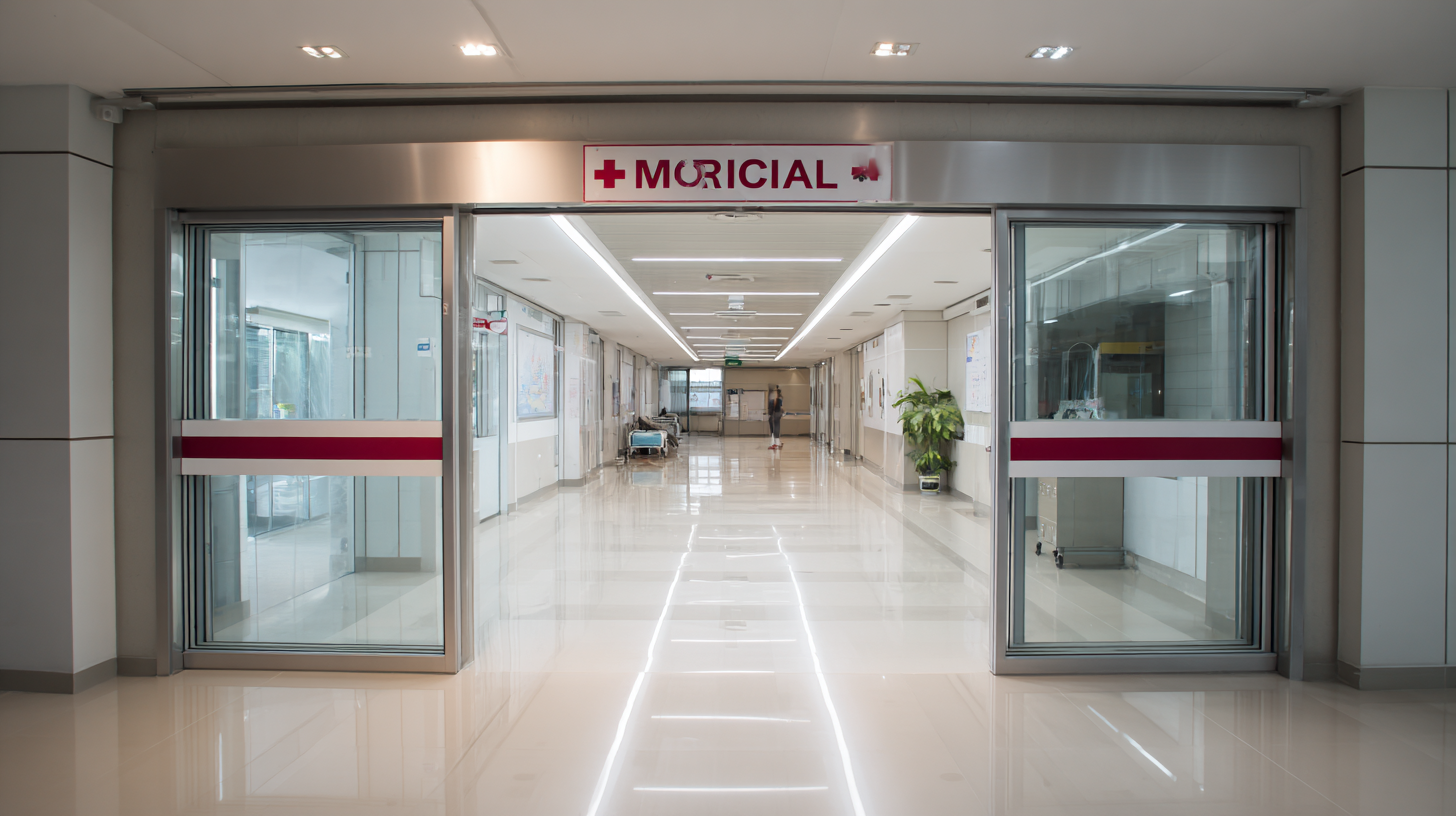
In addition to their practical advantages, medical sliding doors are essential for maintaining a sterile environment. They can be designed with materials that are easy to clean and sanitize, which is particularly important in preventing the spread of infections and ensuring patient safety. Furthermore, many modern sliding doors come equipped with automated features that support hands-free operation, minimizing contact points and improving hygiene protocols.
Choosing the right medical sliding doors is not just about aesthetics or convenience; it is about fostering an atmosphere of safety and efficiency within healthcare settings.
Key Technical Specifications to Consider in Medical Sliding Doors
When selecting medical sliding doors for healthcare facilities, certain technical specifications are crucial for ensuring safety, functionality, and compliance with industry standards. According to a report by the American Institute of Architects (AIA), proper door width is essential for accommodating patients on stretchers and in wheelchairs. Typically, the minimum width for medical sliding doors should be at least 1.2 meters (approximately 48 inches) to allow comfortable passage for equipment and personnel.
Additionally, the materials used in medical sliding doors should be both durable and easy to clean, as per guidelines from the Centers for Disease Control and Prevention (CDC). Stainless steel and laminated finishes are often recommended for their resistance to contamination and their ability to withstand frequent sterilization processes. Look for doors that incorporate antimicrobial properties to enhance infection control measures within your facility.
**Tip:** When assessing construction quality, check if the sliding doors meet the ASTM standards for impact resistance and sound insulation, which can significantly improve patient comfort and privacy.
**Tip:** Prioritize automatic operation features, as they not only facilitate ease of access but also enhance the overall efficiency of healthcare staff, allowing them to focus more on patient care rather than managing physical door operation.
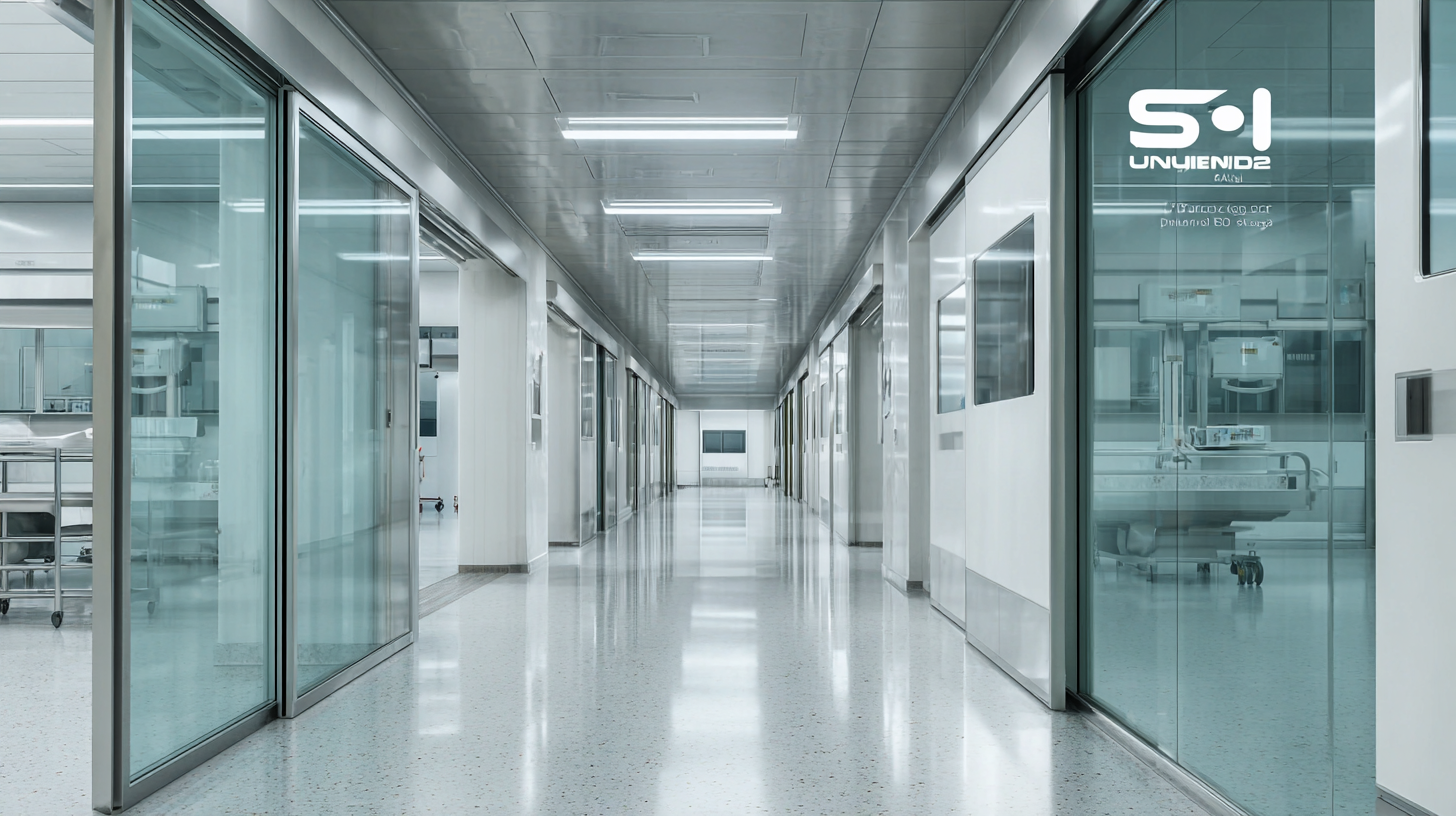
Comparative Analysis: Manual vs. Automatic Medical Sliding Doors
When considering the best medical sliding doors for your facility, understanding the differences between manual and automatic options is crucial. Manual sliding doors are often more cost-effective upfront, requiring less initial investment and maintenance. However, they may compromise on functionality in high-traffic areas, especially in healthcare settings where hygiene and accessibility are paramount. In contrast, automatic sliding doors enhance patient and staff flow, offering hands-free operation that minimizes the spread of germs—a significant consideration in hospitals where infection control is critical.
Studies indicate that facilities equipped with automatic sliding doors can experience a 20% increase in patient satisfaction due to reduced wait times and ease of access (Healthcare Facilities Management, 2021). Furthermore, automatic doors are typically designed with safety features that align with ADA requirements, ensuring compliance while providing assurance to patients and staff.
Tip: When evaluating sliding door systems, consider not only the cost but also the long-term benefits of safety and convenience.
Additionally, energy efficiency is another factor to weigh heavily. Automatic doors can optimize climate control within healthcare environments, which can lead to an energy savings of up to 30% when compared to manual doors, as reported by the American Society for Healthcare Engineering.
Tip: Look for models that come with energy-efficient operating systems, as these can significantly reduce your facility’s overall energy costs.
Regulatory Standards and Compliance for Medical Door Solutions
When selecting medical sliding doors for healthcare facilities, compliance with regulatory standards is paramount. The healthcare environment is governed by a multitude of regulations aimed at ensuring patient safety and operational efficiency. For instance, adhering to the Health Insurance Portability and Accountability Act (HIPAA) is critical, as it not only protects patient information but also influences the design and functionality of access points, such as doors. Medical sliding doors must facilitate ease of movement for patients and staff while maintaining security and confidentiality.
Moreover, understanding the implications of regulations like the Emergency Medical Treatment and Labor Act (EMTALA) is vital. EMTALA ensures that all patients receive appropriate medical screening and treatment, which means that access points in emergency settings must support rapid and unrestricted entry. Utilizing medical doors that comply with these regulations enhances the overall healthcare experience, ensuring that facilities remain focused on delivering high-quality patient care. Thus, when choosing sliding doors, it is essential to consider their compliance with both safety standards and operational efficiency to create a seamless healthcare environment.
Installation and Maintenance: Best Practices for Longevity of Medical Sliding Doors
When it comes to medical sliding doors, proper installation and maintenance play a crucial role in ensuring their longevity and functionality. One effective tip is to engage professional installers who are experienced with medical facility standards. This ensures that the doors are not only secured correctly but also compliant with health regulations. Additionally, careful consideration should be given to the location of the doors, ensuring they do not obstruct high-traffic areas and allow for smooth operation.
Regular maintenance is equally important to keep medical sliding doors in optimal condition. Implement a routine inspection schedule that includes checking the hardware, tracks, and electrical components. Lubricating the tracks and hinges can significantly reduce wear and tear, prolonging the lifespan of the doors. It's also advisable to clean the sensors regularly, as dust and debris can impede their functionality, leading to operational issues.
Lastly, consider integrating a user training program. Staff should be educated on the proper use of sliding doors, emphasizing the importance of gently pushing them open and avoiding unnecessary force. This not only minimizes damage but also enhances patient safety within the facility. By following these best practices, medical facilities can ensure that their sliding doors remain an efficient and safe entryway for years to come.

